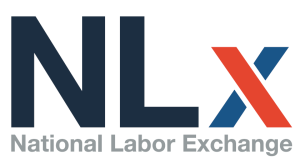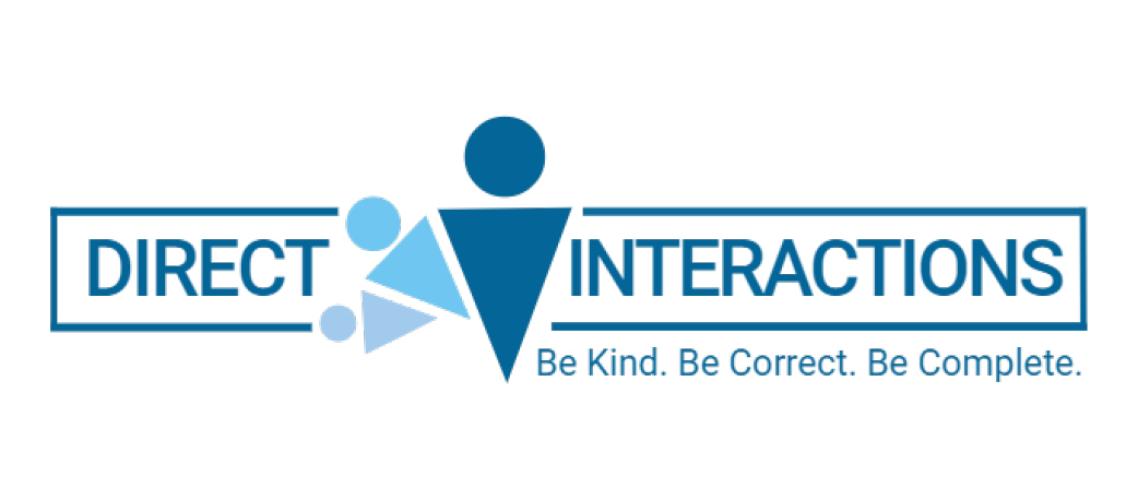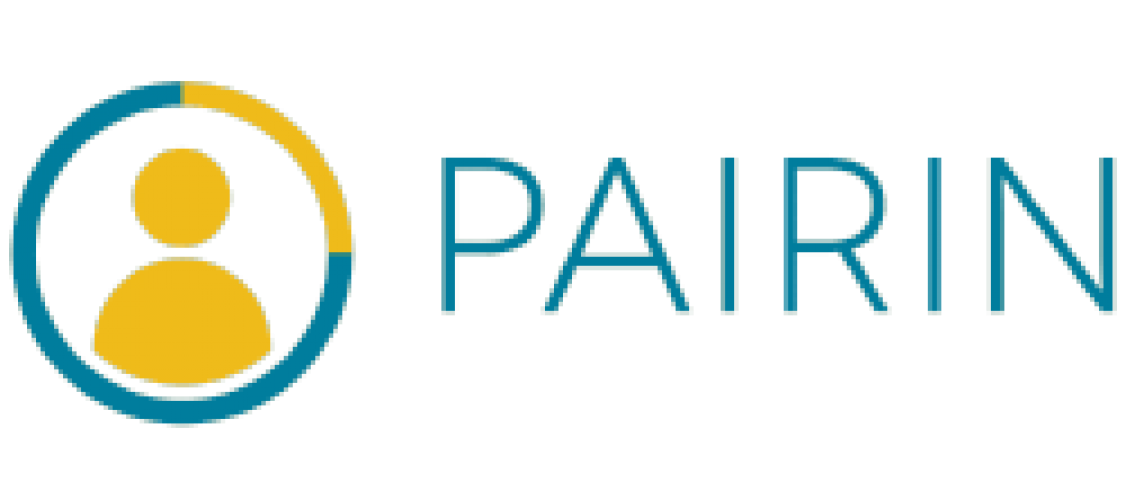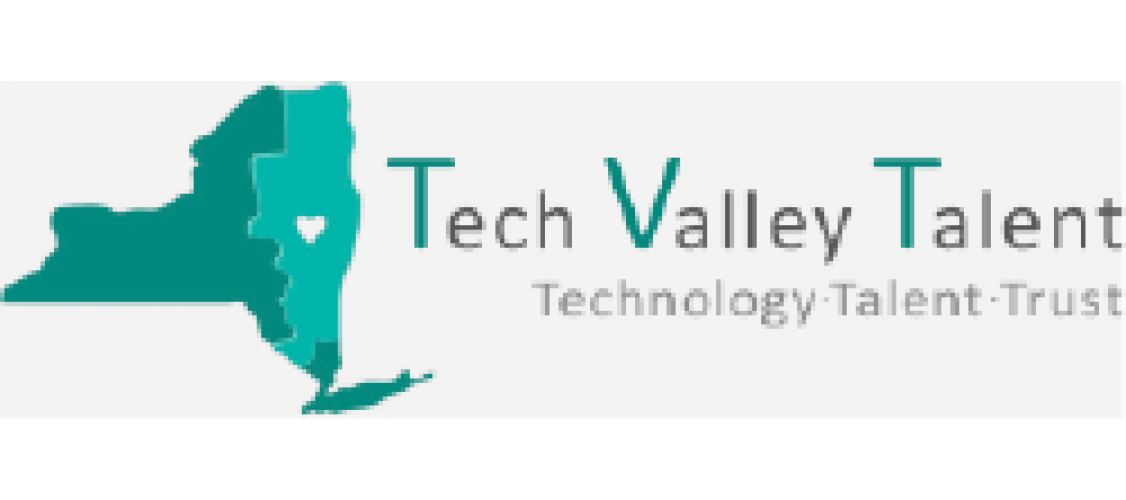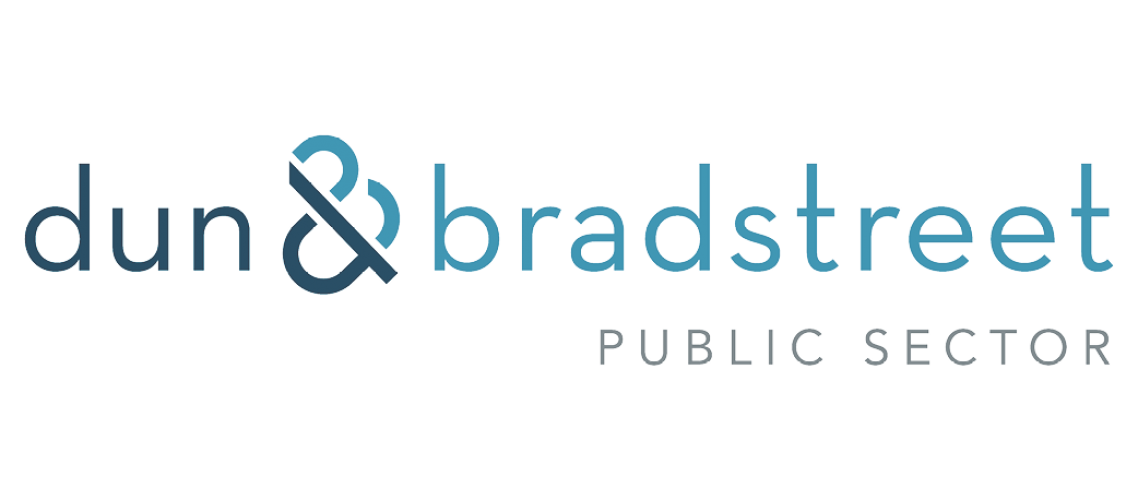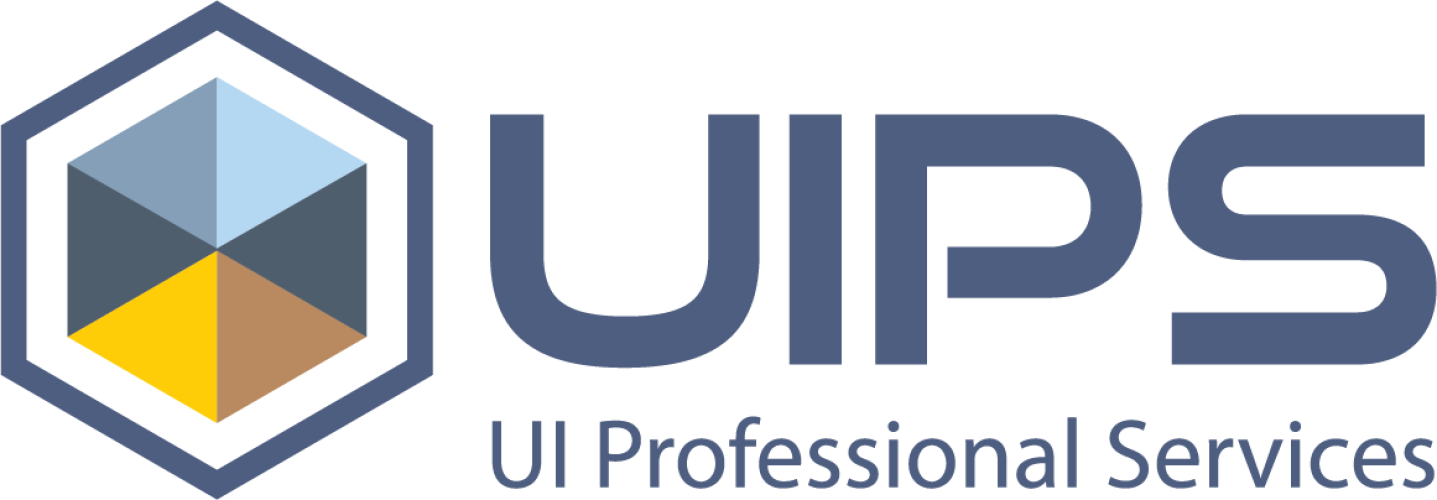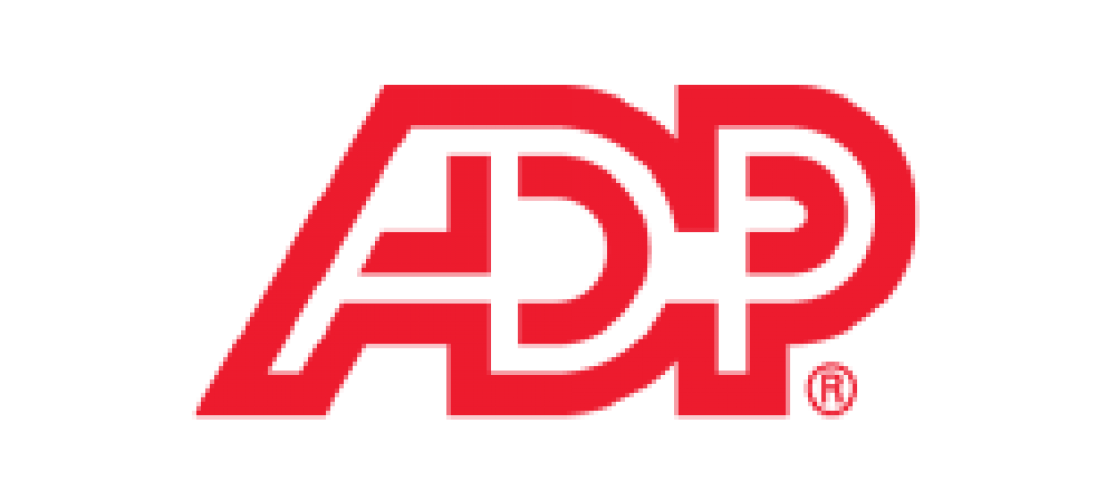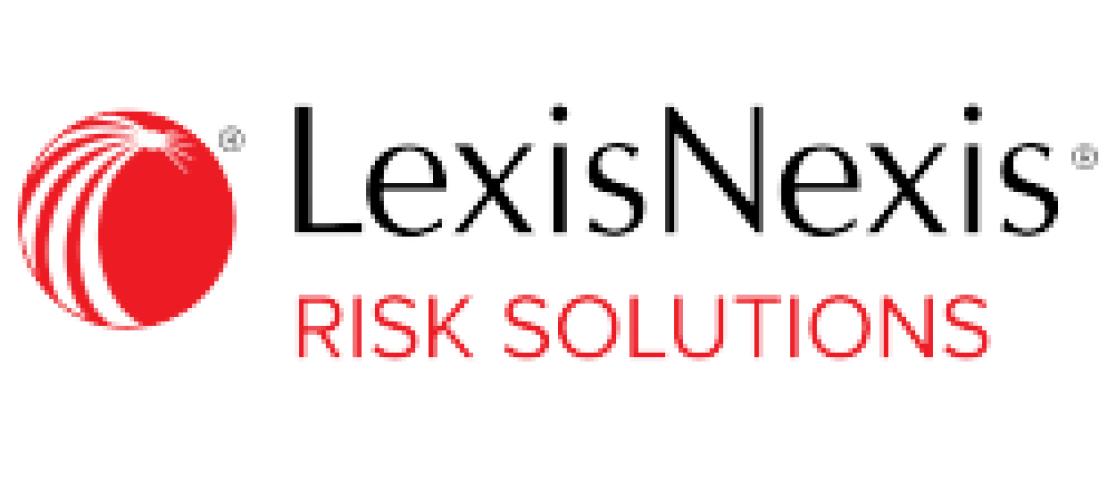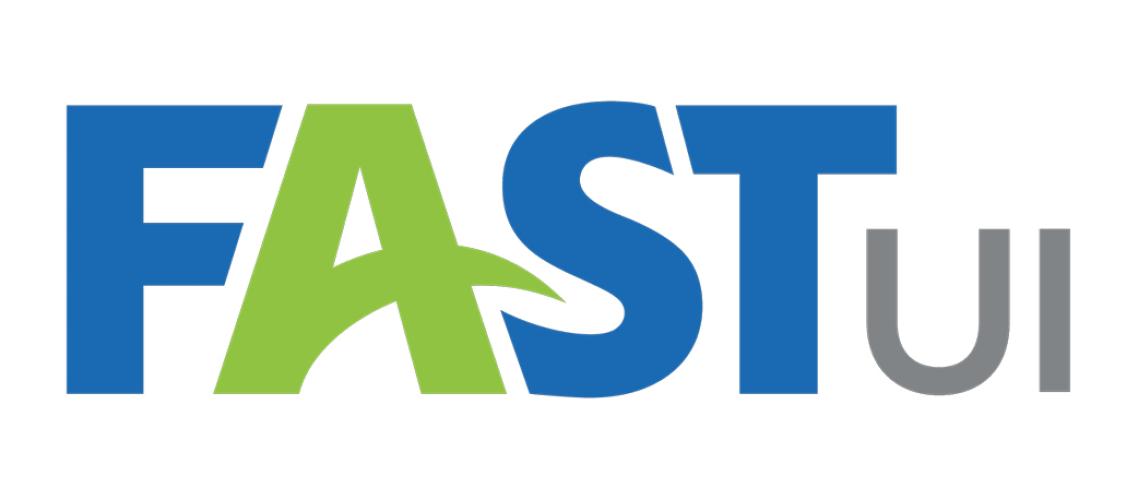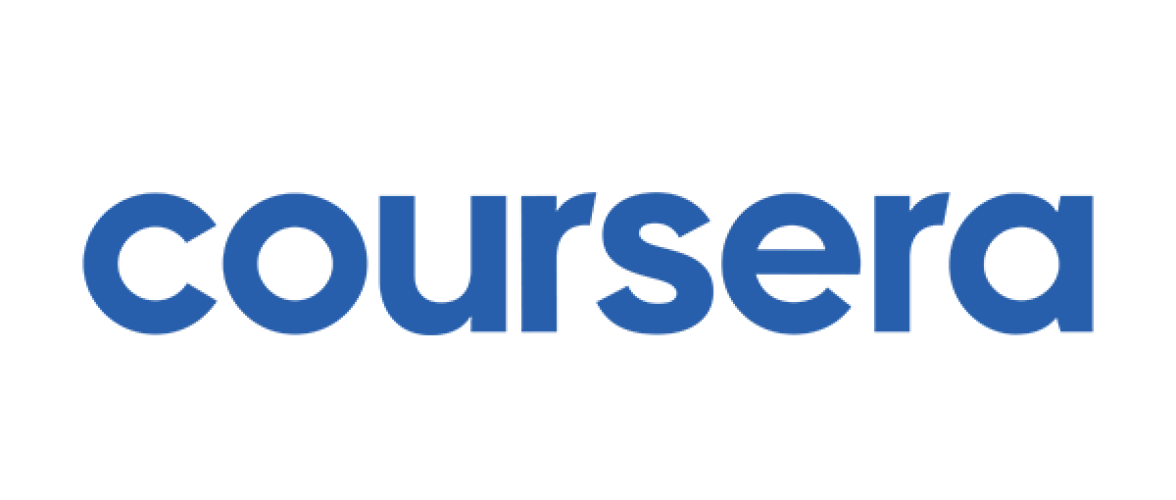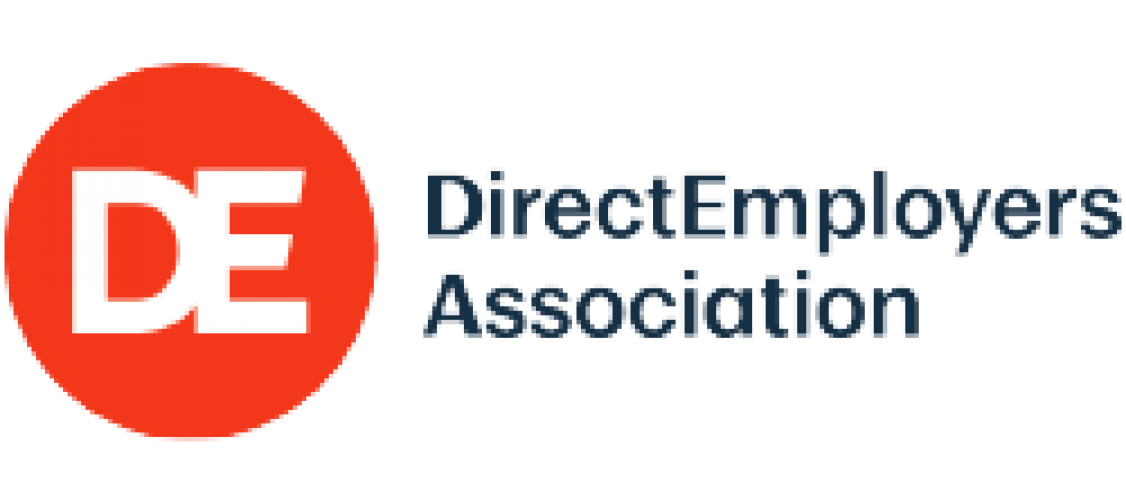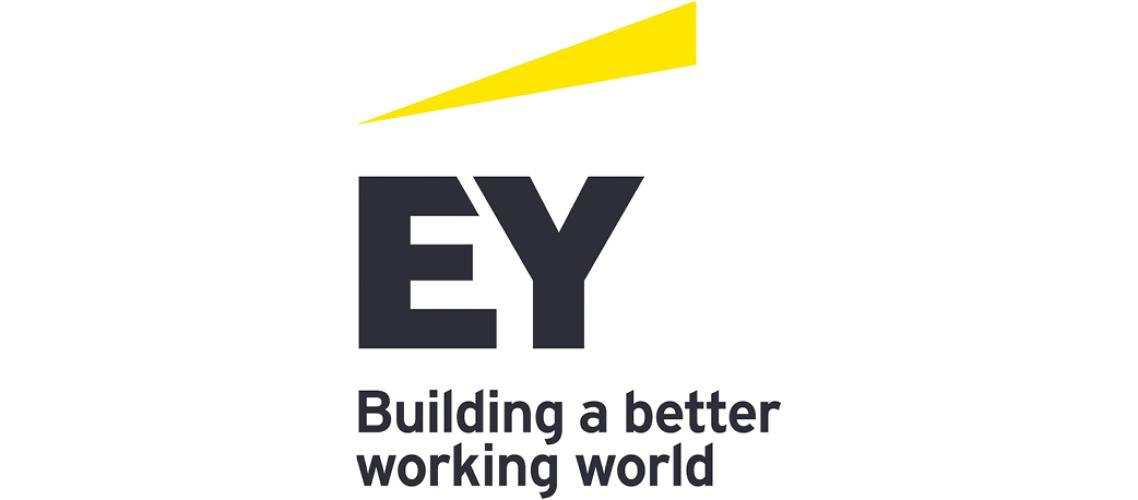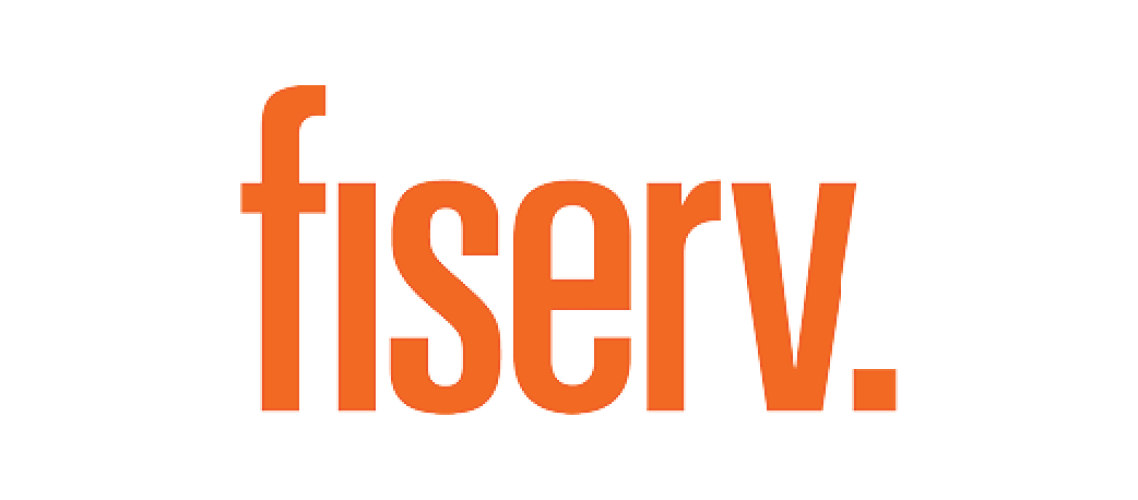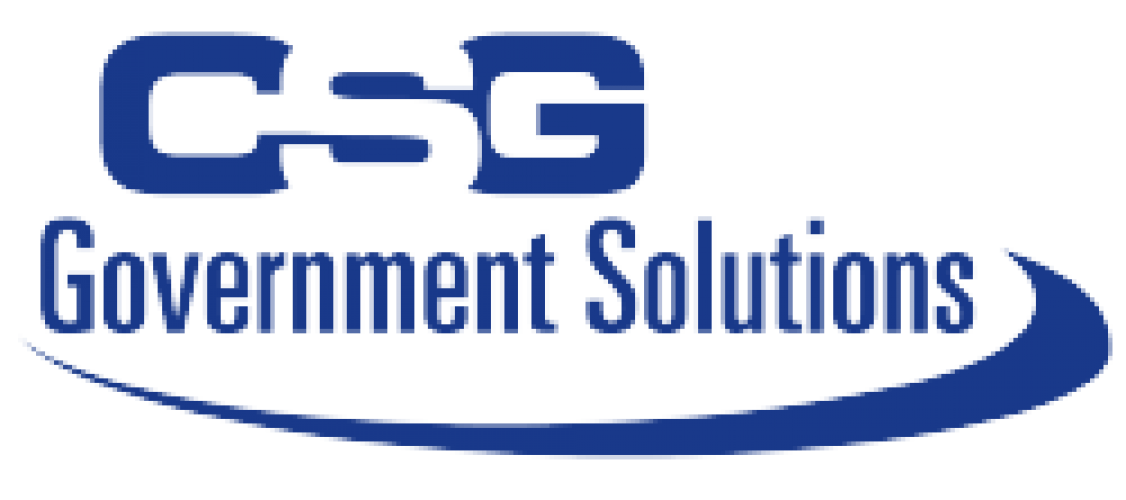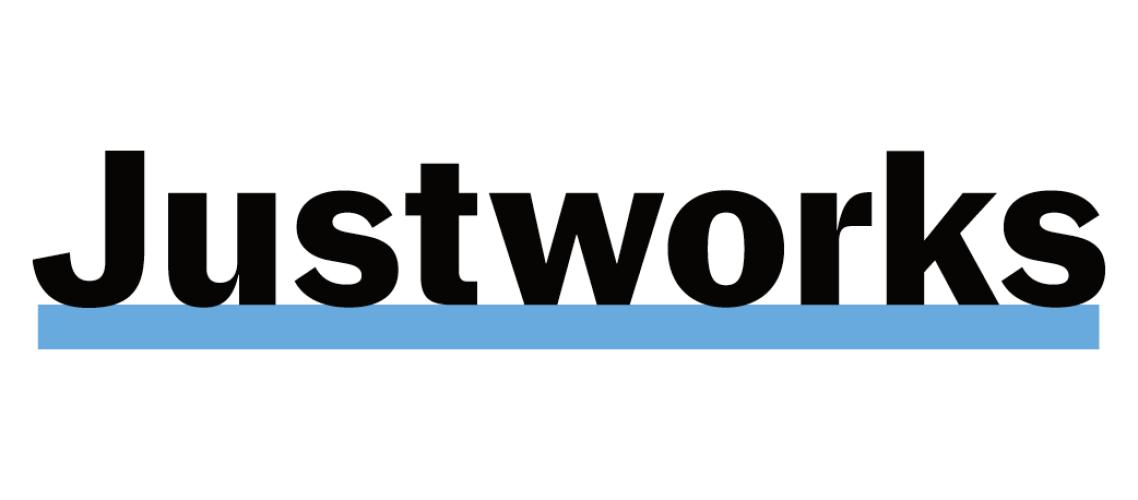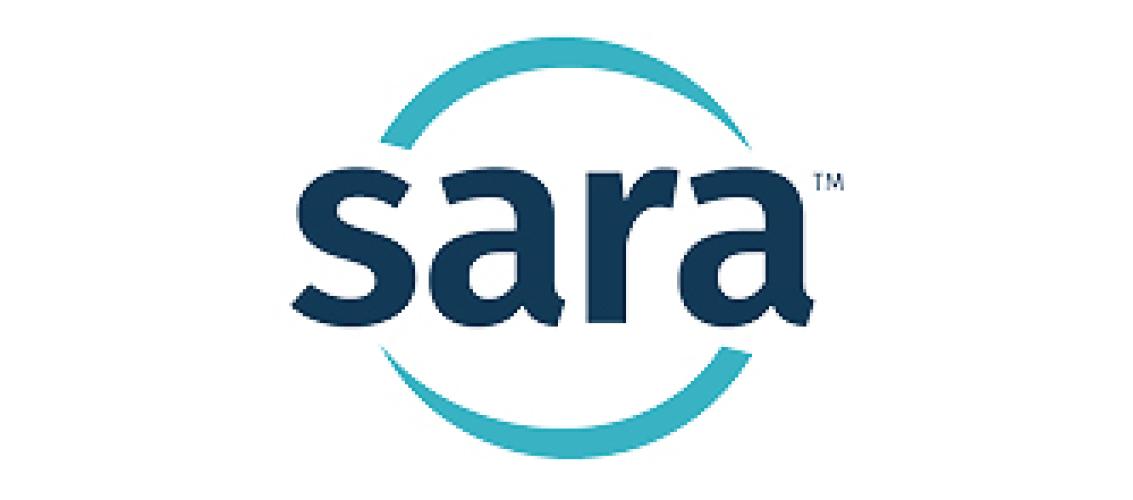Provisional / 1099 Jobs Issue Brief (2019)
Background
Provisional or contract-based job orders, often categorized with 1099 tax forms rather than W-2s, pose a complex set of issues for both state workforce agencies and employers attempting to list these jobs in state job banks. As part of the bidding process for a federal contract, employers must demonstrate they have access to a well-equipped workforce. To do this, they list provisional job orders in the state job banks and accept applications from candidates to prove there is an available labor force in a geographic area to fill the jobs.
Provisional job orders give employers the ability to plan for their future workforce, especially if they are expanding into a new location. The awarding of a federal contract presents obvious advantages for local economic development and job seekers.
A related issue is the rise of “gig economy” jobs in the U.S. labor market. While there is no universally accepted definition of gig work, the Bureau of Labor Statistics and other entities have developed some useful indicators for evaluating the impact of gig work on the public workforce system. In a 2017 study, the U.S. Government Accountability Office cited two major challenges state and local agencies face in supporting gig workers: a lack of information on promising practices and difficulties in reporting their employment-based outcomes.1 Despite these challenges, evidence suggests the gig economy is here to stay – there has been a significant increase in the total number of 1099-MISC forms issued by the IRS in the last two decades, while W-2 forms have stagnated (though W-2s still dwarf 1099s in absolute terms).2
State Survey on Provisional/1099 Jobs
In 2018, the NLx conducted a survey inquiring about several labor exchange topics, including state workforce agencies’ policies for posting 1099 jobs in their state job banks. Out of 45 state responses, 26 states indicated they do not allow posting of 1099 jobs, 13 allow them if they meet certain criteria, and six have no policy. The 13 states that sometimes permit posting of 1099 jobs mentioned criteria including the following:
- The job opening represents a bona fide employment opportunity;
- The job opening meets the requirements set forth in the Fair Labor Standards Act and state regulations governing employment standards;
- There is an actual employer/employee relationship with the employer paying the job seeker a salary, wage, or commission; No fee is charged to the job seeker;
- The independent contractor status is referenced in the job title; and
- The employer has an active UI and/or worker’s compensation account.
Survey summary:
- 58% of state respondents (26/45) do not allow 1099 jobs
- 29% of state respondents (13/45) allow some 1099 jobs
- 13% of state respondents (6/45) have no policy
Policy Considerations
Some state officials note that Wagner-Peyser services are funded via employer UI taxes, and believe that allowing gig companies to list their opportunities in state job banks would be inconsistent with this funding mechanism. The Wagner-Peyser Employment Service program manual in some states defines independent contractor job orders as self-employment, stating they represent “business opportunities” rather than employment. This definition views an independent contractor as an individual engaged in independent trade, occupation, profession, or business who may be in a position to realize a profit or suffer a loss because of their services.
In lieu of posting 1099 jobs in the state job bank, some ES staff place the job orders in a Business Opportunities Binder that is made available to job seekers.
Employer members of the NLx Steering Committee have said that while many employers prefer to have W-2 relationships with employees, it is not always possible nor the best option. Unfortunately, state staff must bear in mind that a small percentage of employers use 1099 jobs to avoid paying taxes while still directing their employees’ work as if they were W-2 workers.
In addition to the criteria outlined in the survey results above, states may want to reference the following questions when evaluating or developing a policy for 1099 jobs.
- What criteria should be included in a checklist for vetting provisional/1099 jobs?
- What staff training might be needed to learn to distinguish between virtual, evergreen, and independent contractor jobs?
- How will this be messaged to job seekers and employers?
- Is there a way to represent provisional/1099 job openings in state job banks in a manner easily identifiable to jobseekers?
- How will staff document employment and earnings outcomes for WIOA program participants who work in the gig economy?
- What supplemental information will be required?
- How might a policy mitigate disincentives to serving gig economy workers that are created by the documentation requirements?
Questions?
Email Ellen Samoriski, Program Assistant at esamoriski@naswa.org
Revised March 2019
1 Government Accountability Office. Workforce Training: DOL Can Better Share Information on Services for On-Demand, or Gig, Workers. 2017. Retrieved from https://www.gao.gov/products/GAO-17-561
2 Dourado, Eli and Christopher Koopman. Evaluating the Growth of the 1099 Workforce. 2018. Retrieved from https://mercatus.org/publication/evaluating-growth-1099-workforce
